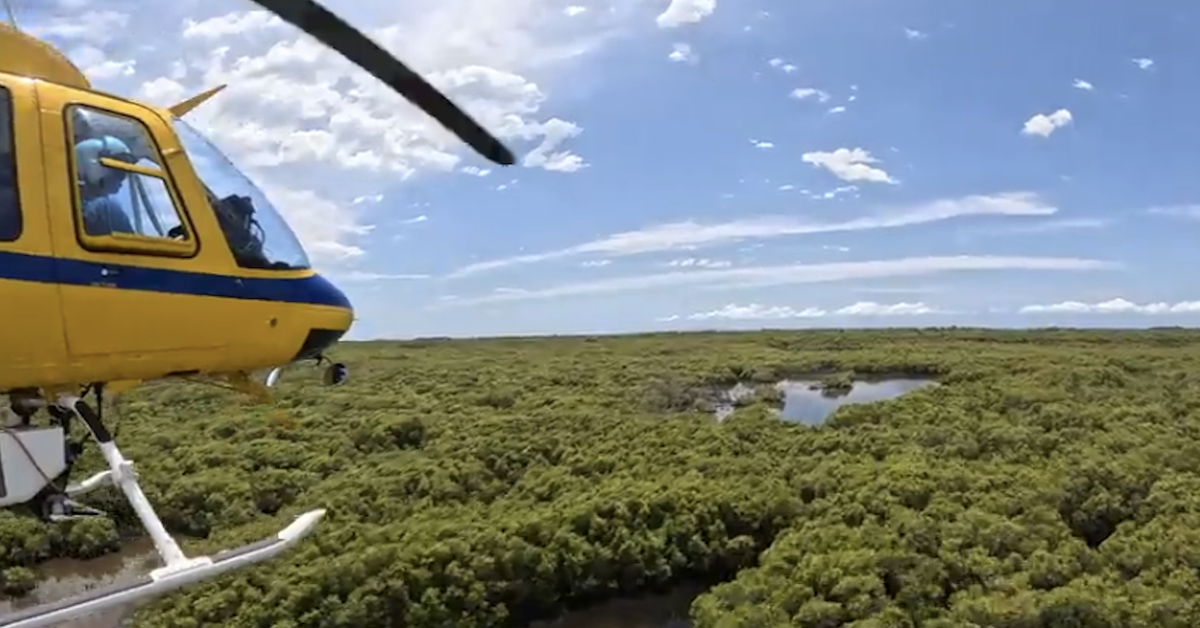The suburban area of Pinkenba was part of a wide-ranging aerial mosquito-control operation across Brisbane’s suburbs after a recent spring rainfall triggered early salt-marsh mosquito hatching.
The treatment involved helicopters covering around 500 hectares after entomologists identified a salt-marsh mosquito emergence. Ground crews continued their year-round efforts, having treated up to 2,400 known freshwater breeding sites during the year. In the previous season, the council undertook 12 aerial treatments covering more than 16,000 hectares, underlining the scale of the effort.
Focus on Pinkenba and surrounding suburbs
Pinkenba and nearby suburbs—including the Port of Brisbane, Tingalpa, Hemmant and the Bulimba–Tingalpa creek corridor—were targeted because of their proximity to tidal marshland where salt-marish mosquitoes breed rapidly after rain.
The mosquito-control program is backed by an uncapped budget and guided by two in-house entomologists—a structure unique among Australian local offices.
Council officials stressed that while the aerial spray has been completed, residents still have a key role in reducing mosquito numbers. They were asked to empty water-holding containers, screen doors, windows and rain-water tank openings, keep gutters free of debris, and when outdoors during dawn or dusk to wear light-coloured, loose-fitting clothing and use insect repellent.
Mosquito peak season
Peak mosquito season typically runs from December through March, when heat, heavy rainfall and king tides combine. With the aerial program now complete, ongoing ground treatments will continue—and residents are urged to maintain vigilance through the coming months.
Published 5-Nov-2025
















